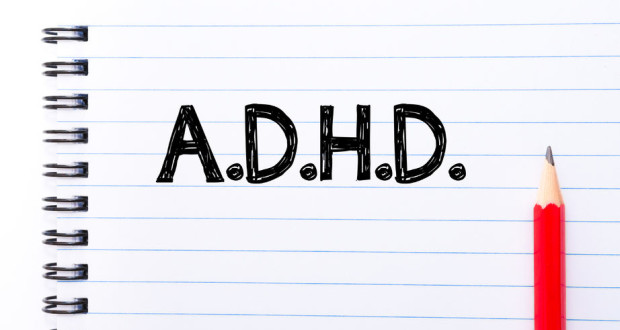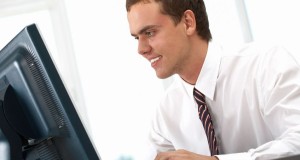The term “ADHD” has long been part of the national lexicon, and for good reason; a 2012 Northwestern University study found that, from 2000 to 2010 alone, the ADHD diagnosis rate among children rose by 66 percent. Though this widespread disorder is incurable, ADHD can be successfully managed and controlled with proper treatment.
Out of Focus
Attention deficit hyperactivity disorder first becomes apparent during childhood. ADHD has a notorious impact on the mind’s ability to concentrate and focus, and usually persists into a child’s teenage and adult years.
Children with ADHD often lose track of their possessions and daydream at inappropriate times. They may be excessively loud when playing, and can struggle to see tasks through to completion. In many cases, ADHD causes children to squirm, fidget, talk excessively and interrupt others. Some people with this condition find it challenging to follow directions.
Additional symptoms associated with ADHD are as follows:
- Lack of patience
- Emotional instability
- A tendency to be easily distracted
- Poor memory
- A frequent urge to run
Causes of ADHD
The exact causes of ADHD remain unknown. According to the National Institute of Mental Health (NIMH), the answer likely involves a combination of genetics and either environmental or nongenetic factors. Not only does this disorder run in families, but research has connected certain genes to the onset of ADHD. As things currently stand, diagnostic genetic testing for ADHD has yet to be developed.
Though public health officials are still studying this condition, the NIMH notes that a person’s ADHD risk can be increased by the following non-genetic factors:
- Smoking or drinking during pregnancy
- Birth complications or very low birth weight
- Exposure to lead or other toxic substances
- Extreme neglect, abuse, or social deprivation.
- Food additives like artificial coloring, which might make hyperactivity worse.
Settling Down
Though ADHD cannot be cured, the effects of this condition can be mitigated with both medications and behavioral therapy.
Medications: For over a half century, doctors have used medicines called stimulants to reign in ADHD. At first glance, it might sound counterproductive to try and alleviate ADHD symptoms with class of drugs called “stimulants.” However, these medicines can increase the presence of neurotransmitter chemicals, thereby allowing children to focus and better control their behavior.
If stimulants fail to deliver the desired results, a child might be prescribed non-stimulants instead. Alternatively, these medicines might be taken in conjunction with stimulants. Unlike stimulants, which are often effective for periods of four hours, the benefits of non-stimulant drugs can last through a full day. As an added bonus, children taking non-stimulants for ADHD may encounter fewer side effects.
Therapy: This form of treatment can help children behave better at school, and may also improve their relationships with family members. Good behavior is rewarded, whereas inappropriate actions are met with reasonable discipline, such as time-outs and loss of privileges. A child will also be expected to follow clear-cut instructions.
A number of strategies can be used to achieve the goals of a behavioral therapy. For example, some parents create daily routines for their child to follow. Another idea is to eliminate all electronic distractions during homework time. Children may also benefit from having their personal belongings placed in designated areas.
It bears mentioning that many children are treated with a combination of therapy and medications. The Centers for Disease Control and Prevention (CDC) states that such an approach is generally the best way to address ADHD.
 Natural Knowledge 24/7 Educate yourself with nutrition, health and fitness knowledge.
Natural Knowledge 24/7 Educate yourself with nutrition, health and fitness knowledge.






